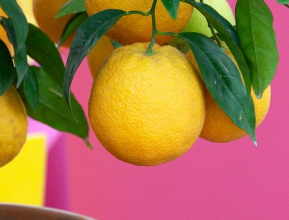Orange Tree Irrigation: [Needs, Frequency and Procedure]
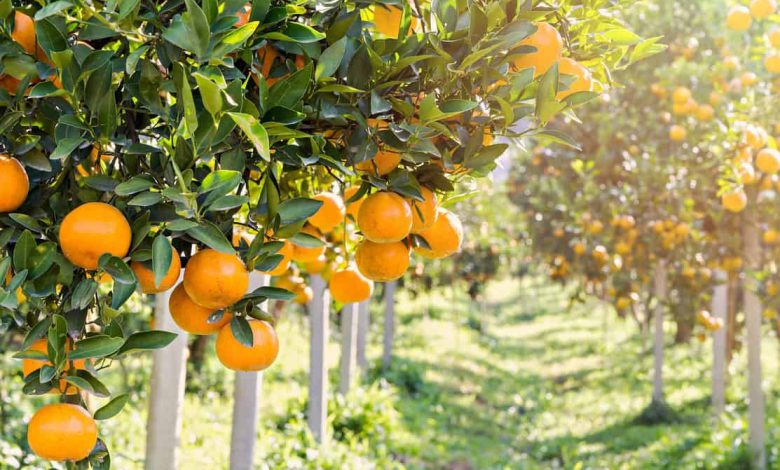
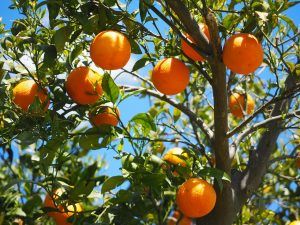 The orange tree is one of the most cultivated and consumed citrus fruits in the world and if you have a specimen in the garden you need to know everything about its irrigation.
The orange tree is one of the most cultivated and consumed citrus fruits in the world and if you have a specimen in the garden you need to know everything about its irrigation.
Water is essential for it to develop efficiently and, above all, for it to be capable of producing higher and better quality fruits.
It is not about pouring water on it as you can think of because you can cause more harm than good, even leading to death. Do you know how to define aspects such as the frequency of irrigation and realize the alerts that the amount of water is insufficient or excessive? Keep reading.
Important points when watering an orange tree:
- Irrigation frequency: variable. In winter every 15 days, in summer twice a week. Eliminate irrigation when it is rainy time.
- Irrigation method: drip.
- Optimum time of day for irrigation: during the mornings.
- Identify excess water: yellowing leaves, root rot.
- Identify lack of water: pale green leaves towards the end of the crown.
What irrigation needs does the orange tree have?
The orange tree must remain in a substrate that is permanently moist without falling into waterlogging.This results in the irrigation needs being established based on how dry the land looks, establishing a higher or lower frequency as appropriate.

When orange trees are planted in clay soils, they need less water than those in sandy soils because they retain it for longer. The age of the tree must also be taken into account, since the youngest tend to require more water than the adults.
How can we detect the lack of irrigation in the orange tree?
The lack of irrigation will be easily identifiable by perceiving changes in the color of the leaves, which tend to look pale green.These leaves begin to be noticed under these conditions from the end of the crown, thus giving an opportunity to correct the fault as soon as it is noticed.
How often should we water the orange tree?
The amount of water and how often it is applied to orange trees will depend on various factors such as the terrain, the weather or the time of year.In general, on winter days you will not have to work much on this issue because the tree will be without leaves and will have very low transpiration.
Therefore, you can set the risks on an average of once every 15 days. In summer the theme is another. At this time the tree is in full productive work and the amount of heat causes the water to evaporate much faster.

So it is best to water twice a week to ensure you get the amount of water you need.It is important that in each irrigation cycle you apply the appropriate amount of water so that it penetrates the subsoil and keeps the root environment moist.
To achieve this, use a low-flow mechanism that has a long cycle time, so the earth will absorb the water little by little. Take into account that in periods when there is rain, the irrigation cycle will have to decrease so that your orange tree does not «drown».
What is the best way to water the orange tree?
The best irrigation method for the orange tree is drip irrigation, which you must apply with a low-flow system.This mechanism will allow the water to penetrate directly into the base of the tree and the soil will be able to absorb what it needs at the exact point.
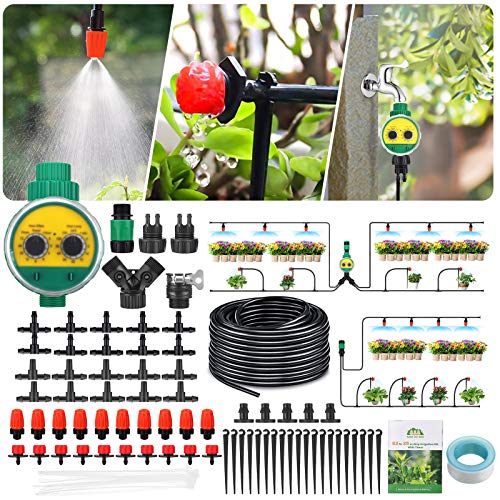
In some cases it is beneficial to create grooves in the environment that facilitate the distribution of water throughout the diameter and not that the dripping is only concentrated in one point.

In this way, you will not only be offering an appropriate amount of water but you will cover all possible spaces. Drip is beneficial because it also makes it easier to apply some types of fertilizers at the same time as irrigation.
How do we detect excess water in the orange tree?
When an orange tree is subjected to high levels of humidity, the leaves will change their color from green to yellow.However, the greatest impact is evident in the roots, which can become a focus for the settlement of fungi or bacteria.
The most likely thing to happen is root rot, with which not only the roots will suffer but will lead to the death of the orange tree. Take into account that the response of your orange tree to irrigation is important when defining all the aspects related to this care.

Although the studies have made it possible to design a set of references, such as those expressed here, you will have to customize them to your particular conditions. This way you will have a well-cared-for tree around the humidity that will produce delicious fruits. Of course, do not forget fertilization and pruning.
Maybe you are also interested in:
- How often and how to water my potted orange tree?
- How often and how to drip irrigate my orange tree?
- 7 Pests that Affect your Orange Trees: [Detection, Causes and Solutions]
- How to Fertilize Naranjo: [Components, Needs and Importance]
- How to Germinate Orange Seeds: [Time, Actions, Place and Steps]
- Potted Orange Tree Care: [Soil, Humidity, Pruning and Problems]
- Orange Tree Care: [Soil, Humidity, Pruning and Problems]
- Orange Tree Diseases: [Characteristics, Types, Detection and Treatment]
- Orange Tree Cuttings: [Grafts, Time, Rooting and Planting]
- Pruning the Orange Tree in a Pot: [Importance, Time, Tools, Considerations and Steps]
- Orange Tree Pruning: [Dates, Ways to Do It and Tools]
- Pruning a Sick Orange Tree: [Importance, Season, Tools, Considerations and Steps]
- Most Famous and Delicious Orange Types and Varieties

![Photo of Outdoor Bonsai: [Characteristics, Care, Types and Sun Exposure]](https://www.complete-gardening.com/wp-content/uploads/2022/08/outdoor-bonsai-characteristics-care-types-and-sun-exposure-390x220.jpg)
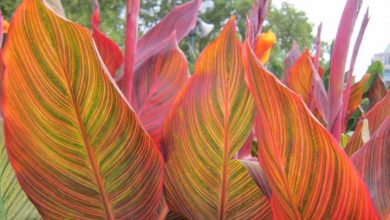
![Photo of Daffodil Care: [Soil, Moisture, Pruning and Problems]](https://www.complete-gardening.com/wp-content/uploads/2022/08/daffodil-care-soil-moisture-pruning-and-problems-390x220.jpg)
